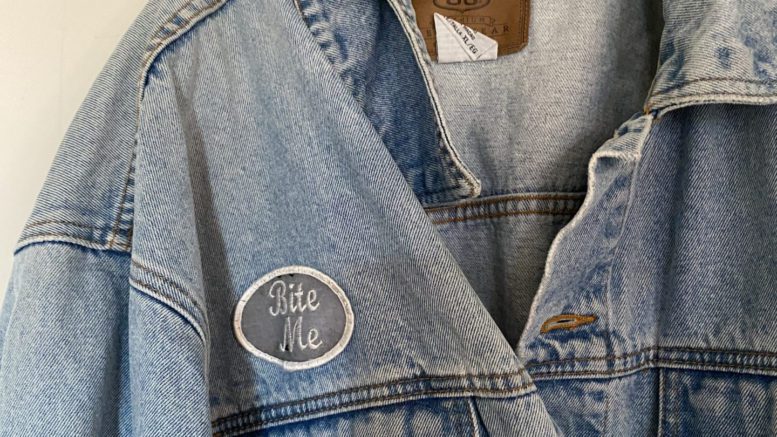Canadians are embracing to second-hand shopping for clothing within the last couple years to battle fast fashion and its harmful effects on the environment.
According to a March 2020 poll by Ipsos that surveyed 27 countries, 41 per cent of Canadians have bought clothing from a thrift store. On a global scale, roughly four in 10 individuals say they shop at thrift stores “often.”
“I’ve been thrifting before several times … and my school is right around the corner from Kensington Market which has lots of vintage stores and thrift stores,” said Terra Sutton, a student at OCAD University. “I’d say usually I’m looking for clothing, especially shirts.”
The Ipsos poll also revealed that 37 per cent of Canadians believe “luxury brands are no more environmentally friendly than other brands.”
Sutton said that the environmental benefits of thrift shopping are part of the reason why she shops second-hand.
“At first I preferred thrifting because I was also an unemployed high school student who couldn’t afford to spend a lot of money,” she said. “Now that I am aware of what the fashion industry does to the planet and I have learned about fast fashion, I am able to be more conscious about what I buy. It fuels the drive.”

A United Nations press release stated that the fashion industry is the “second-biggest consumer of water, generating around 20 per cent of the world’s wastewater and releasing half a million tons of synthetic microfibers into the ocean annually.”
The release also mentions that the industry “is responsible for eight to 10 per cent of global carbon emissions [which is] more than all international flights and maritime shipping combined.”
Fashion brands are being pressured by the general public to be more environmentally conscious. The Ipsos survey reported that consumers want brands to “take this issue seriously or else face the risk of being accused of unresponsiveness.”
Read more from the Toronto Observer:
- Fashion with a twist: Introducing U of Meg
- Toronto-based clothing line is making waves amid the pandemic
- The Right Side boutique shows ethical fashions at show
Second-hand shopping can help the everyday person play their part in battling fast fashion, however it requires a positive attitude. Shoppers should expect the clothing to have imperfections.
“I’ve bought a couple items that were slightly too big or had an easy hole to fix and I still wear them,” said Sutton. “Thrift stores aren’t necessarily more convenient but if I find what I’m looking for it’s usually better quality and has more unique attributes. It feels more personal, like it has more life to it.”
Sutton thanked second-hand shops for the majority of her “go-to” clothing items.
She said her favourite thrifted clothes are a pair of purple Dr. Martens boots, a handmade white blouse, and a denim jacket which is the “most worn item in [her] wardrobe.”
These are the findings of a survey conducted in 27 countries via Global Advisor, the online survey platform of Ipsos, between Jan. 24 and Feb. 7, 2020. For this survey, Ipsos interviewed a total of 20,204 adults aged: 16 to 74 in Argentina, Australia, Belgium, Brazil, Chile, China, France, Germany, Great Britain, Hungary, India, Italy, Japan, Malaysia, Mexico, Netherlands, Peru, Poland, Russia, Saudi Arabia, South Korea, Spain, and Sweden; and 18 to 74 in Canada, South Africa, Turkey, and the United States of America. The poll has a credibility interval of +/-3.5 percentage points for countries where the sample is 1,000+ and +/- 4.8 points for countries where the sample is 500+.

